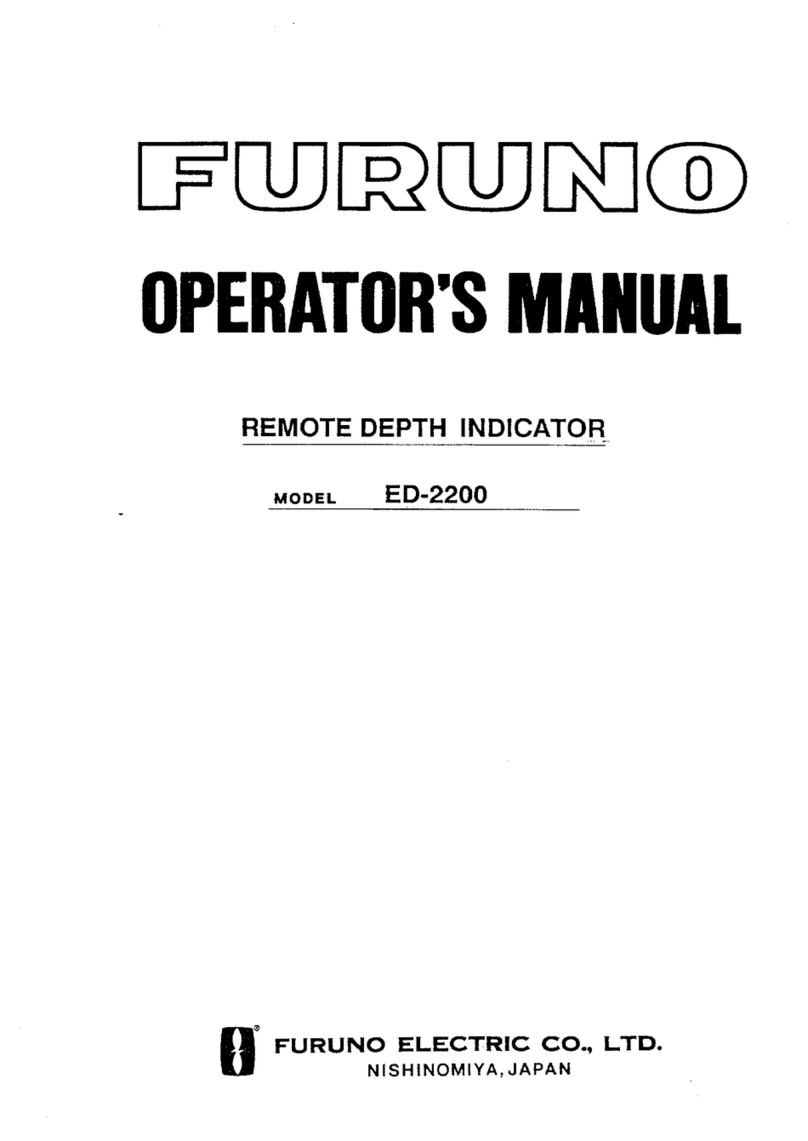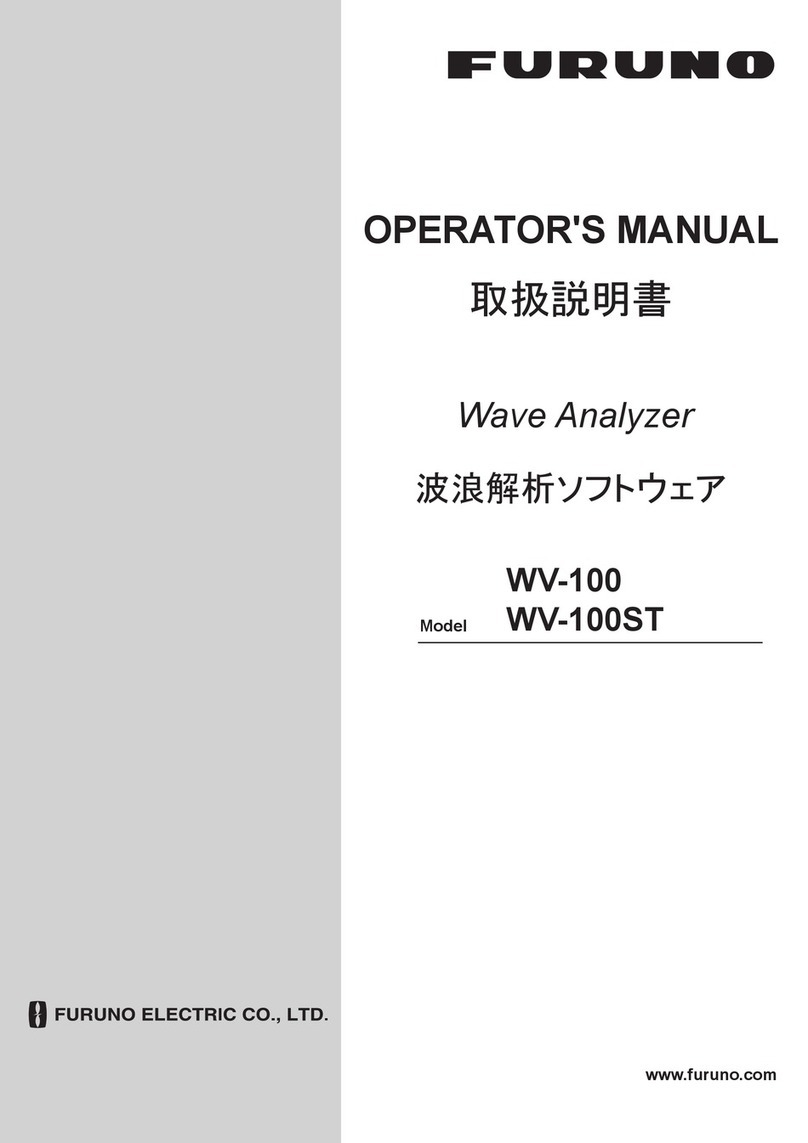
v
TABLE OF CONTENTS
FOREWORD................................................................................................................... vi
SYSTEM CONFIGURATION ......................................................................................... vii
RECORD OF PUB REV., PROG. NO............................................................................ viii
1. OPERATION...............................................................................................................1
1.1 Overview....................................................................................................................................1
1.2 Operating Procedure.................................................................................................................6
1.2.1 Powering, recording.........................................................................................................6
1.2.2 Stopping recording...........................................................................................................6
1.3 Operation on Remote Alarm Panel............................................................................................7
1.4 Removing HDD..........................................................................................................................8
1.5 How to Release DRU ................................................................................................................8
2. MAINTENANCE..........................................................................................................9
2.1 Annual Recertification................................................................................................................9
2.2 Cleaning.....................................................................................................................................9
2.3 Software Maintenance.............................................................................................................10
2.3.1 Software list ...................................................................................................................10
2.3.2 Checking software version of system program..............................................................10
2.3.3 Checking software version of RAP................................................................................10
2.4 Replacing Batteries..................................................................................................................11
2.5 Replacing Acoustic Beacon.....................................................................................................12
2.6 Replacing Backup HDD...........................................................................................................13
2.7 Replacing Fuses......................................................................................................................14
2.8 Replacing Consumable Parts..................................................................................................14
3. TROUBLESHOOTING..............................................................................................15
3.1 General Troubleshooting.........................................................................................................15
3.2 Error Codes .............................................................................................................................16
3.3 Testing Display of Remote Alarm Panel..................................................................................20
4. LOCATION OF PARTS.............................................................................................21
4.1 Parts Location..........................................................................................................................21
4.1.1 Data Collecting Unit (VR-3010) .....................................................................................21
4.1.2 Data Recording Unit (VR-5020-9G or VR-5020-6G).....................................................22
4.1.3 Junction Box (IF-8530) ..................................................................................................23
4.1.4 Remote Alarm Panel (VR-3016)....................................................................................23
4.2 Parts List..................................................................................................................................24
5. INTERFACE (IEC 61162-1, IEC 61162-2).................................................................25
5.1 Data Sentences .......................................................................................................................25
5.2 Interface Circuits......................................................................................................................38
5.2.1 IEC 61162-1...................................................................................................................38
5.2.2 IEC 61162-2...................................................................................................................39
APPENDIX: PLAYING BACK RECORDED DATA........................................................40
SPECIFICATIONS .....................................................................................................SP-1
www.reelschematic.com
www.reelschematic.com
































